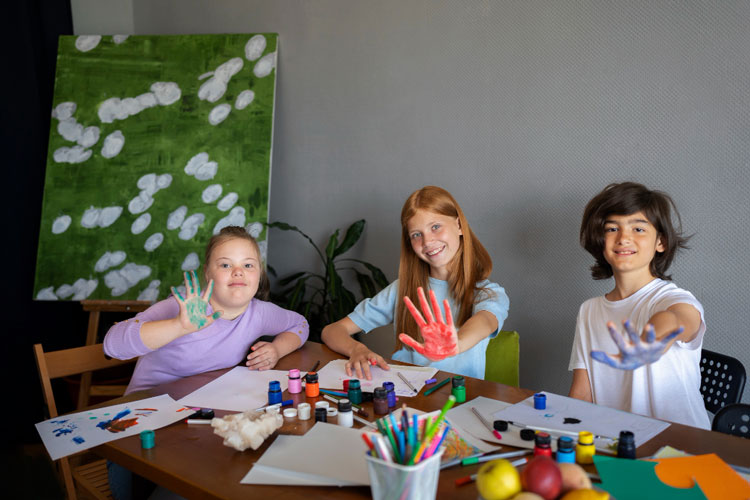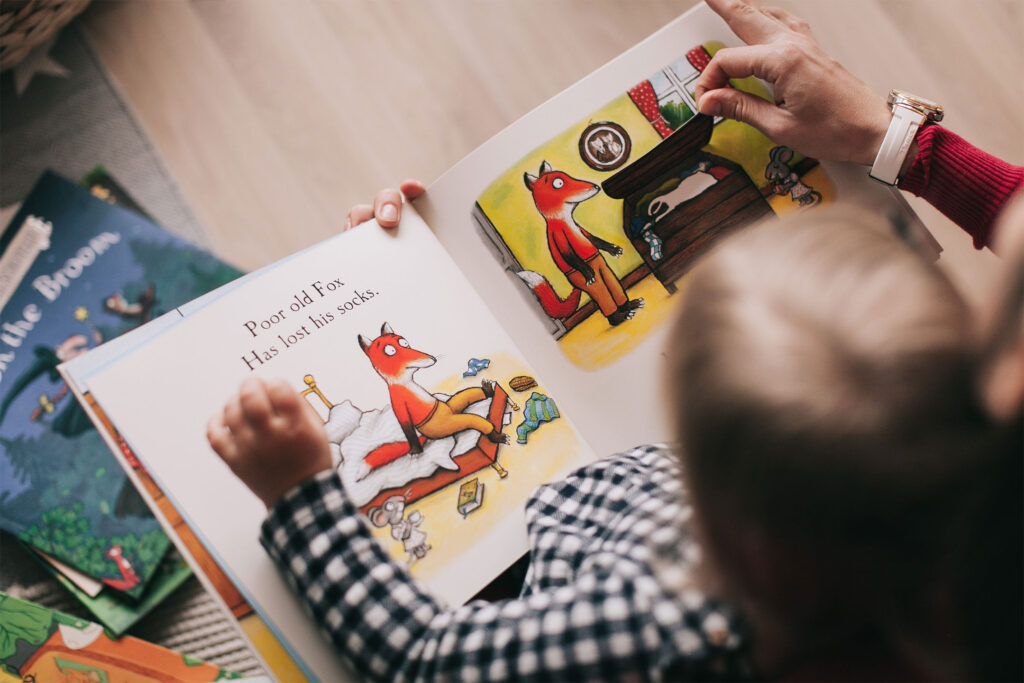A regular picture book, often viewed as a simple tool for storytelling, can be transformed into a powerful, multi-subject learning experience through creative teaching and thoughtful planning. By leveraging a teacher’s professional expertise, one book can serve as the foundation for an engaging unit of work that not only connects different subjects but also fosters deep learning across those areas. This article will explore how to create a unit of work—whether long or short—centred around a picture book, illustrating how to plan across multiple learning areas while maintaining a coherent thread between lessons.
Two Approaches to Starting a Unit of Work
When planning a unit of work around a picture book, teachers typically take one of two approaches: starting with the book itself or starting with specific learning objectives.
- Start with Your Favourite Storybook: If you have a beloved picture book that you want to use as a central resource, the first step is to analyse its content for potential learning opportunities. Ask yourself: What Australian Curriculum (AC) content descriptors or learning areas can I explore with this book? For instance, if the story involves animals, it could link to science (biological sciences), mathematics (counting or measuring animals), and English (character and/or text structure analysis). By extracting key elements from the story, you can plan lessons that align with curriculum goals across various subjects.
- Start with Learning Objectives: In this approach, teachers begin by identifying the learning objectives they want to cover, such as specific AC content descriptors in mathematics, science, English, or the arts. Once the objectives are clear, the next step is finding a book that supports those goals. Steven De GC’s platform offers a powerful tool for Australian teachers, allowing them to search for children’s books by topic, learning area, or AC content descriptors. This ensures that the chosen book is perfectly aligned with the learning goals you’ve set for your students.
Unit of Work: Connecting Subjects Through Skills and Knowledge
Once a book has been selected, the key challenge is creating meaningful cross-subject connections, as integrating subjects around a central story helps students see how knowledge in one area can support and deepen understanding in others.
- Literacy and Literature: Anchoring Learning in Stories :Any storybook can serve as a vehicle for teaching literacy skills when teachers connect the book’s themes and content to a wide range of literacy objectives. Picture books naturally lend themselves to reading comprehension, vocabulary building, and writing skills, such as grammar or spelling. For example, analysing key words in the story helps students deepen their understanding of meaning and usage. Teachers can also explicitly teach a text structure by using elements or events from the story. For more competent students, writing tasks such as retelling the story from different perspectives or creating alternative endings offer further opportunities for creative engagement with the text.
- Using One Subject to Reinforce Another: A highly effective way to create cross-subject connections is by using one subject to reinforce concepts from another. For instance, writing and mathematics can be linked through tasks such as solving word problems. Similarly, the arts or technology skills can support science by having students create visual or digital representations of scientific concepts, such as life cycles or ecosystems, helping to reinforce their understanding through creative expression.
- Project-Based Learning to Create a Multi-Skill Unit: Project-based learning (PBL) provides an excellent framework for cross-subject integration by combining multiple skill sets into a single, hands-on project. This type of learning engages students on multiple levels, encourages collaboration, and allows them to see the connections between different skills and knowledge areas. For example, a book about building or creating something could spark a project where students design models, write reports, and present their work. In a PBL approach, students might engage in:
- Science: Investigating a real-world problem introduced in the book, conducting experiments, and making observations.
- Mathematics: Measuring, calculating, and analysing data related to the project, such as determining quantities or dimensions.
- English: Writing reports or reflections on the project, using storytelling to document their process and results.
- Art: Creating visual representations of their work, such as drawings, diagrams, or models (crafting).
In short, planning a unit of work using a picture book is a powerful way to teach across learning areas while maintaining coherence in the lessons. Whether you start with a story or learning objectives, the key is to create meaningful connections between subjects, using the story as a thread that ties them together. By integrating literacy, reinforcing skills across subjects, and employing project-based learning, teachers can create dynamic, engaging lessons that not only meet curriculum goals but also foster a love for learning. With innovative and creative planning, a single book can become a rich source of educational exploration, turning a simple story into a multi-faceted learning journey.
Ready to transform your teaching? Start planning your lessons using picture books today! Explore Steven De GC’s platform to find the perfect storybooks that align with your curriculum goals and inspire cross-subject connections in your classroom. Embrace the power of storytelling and watch your students thrive!













Leave a Reply